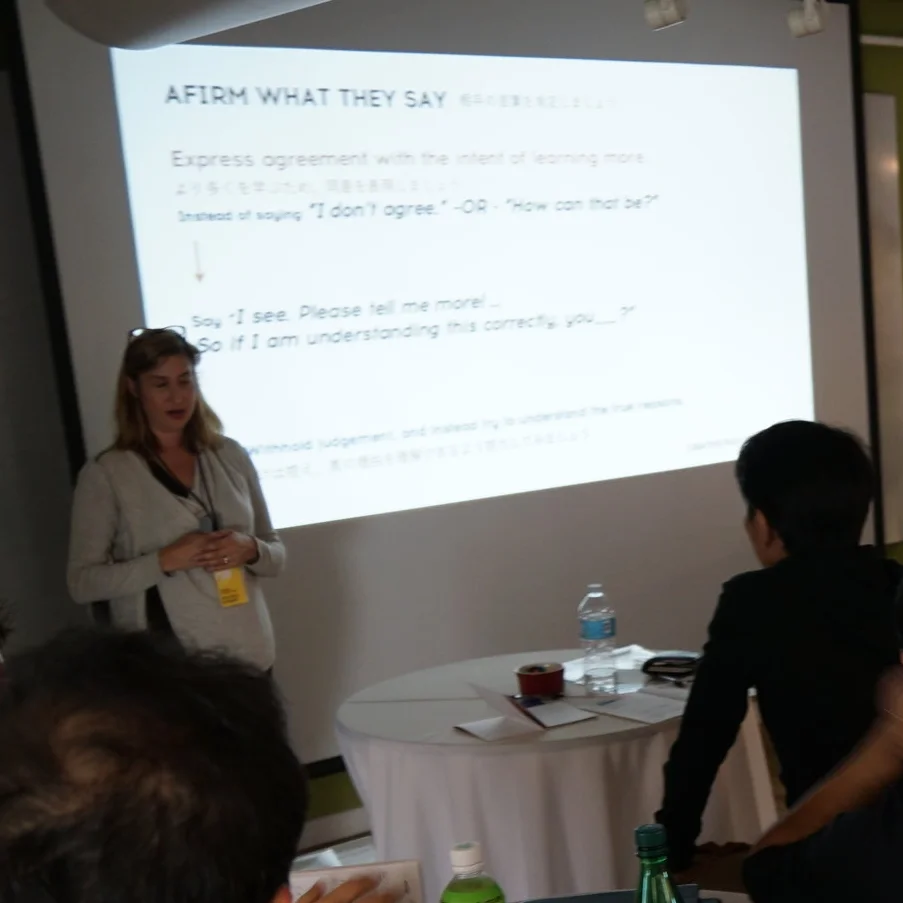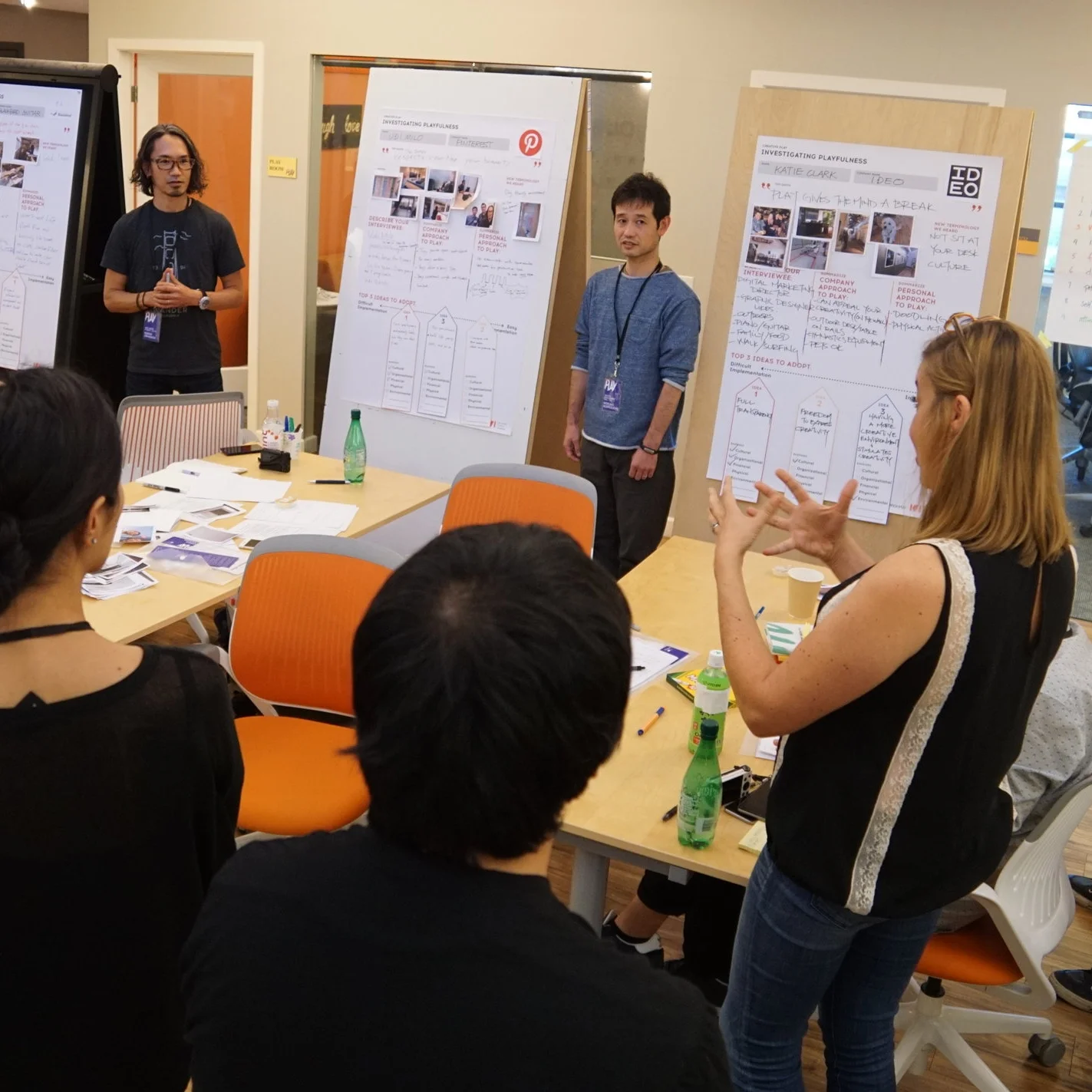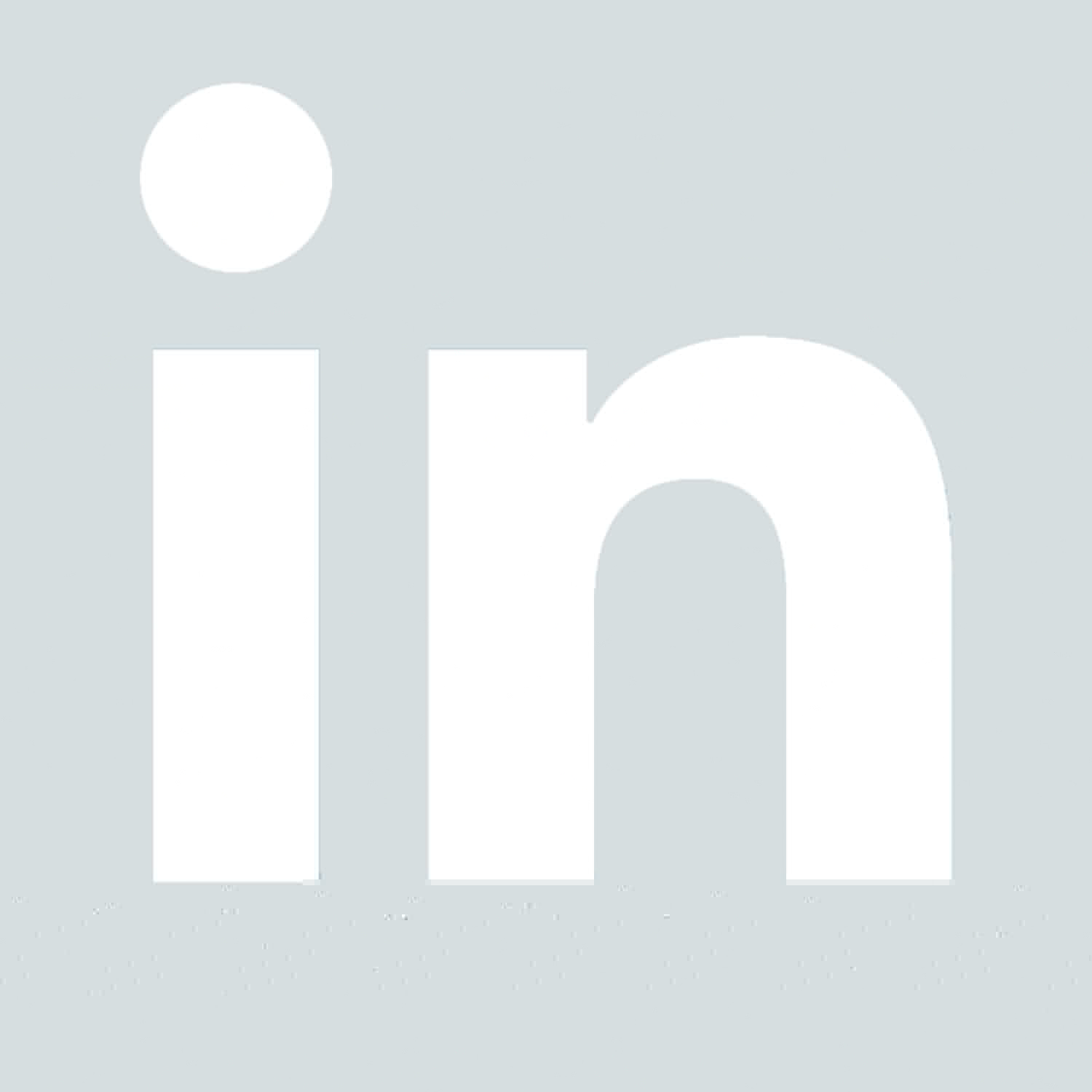About
Research and Strategy
Research and Strategy
Our clients want to grow their businesses. We collaborate with them to explore new ideas and develop sustainable strategies. Using a human-centered, research and development approach, we focus on how people are using a product or service. Whether a client has a strategy and needs our support to deliver it, or just knows it’s time for a change, we achieve results, quickly.
We use various methods, approaches and processes in our research and strategy work, including:
Design Research:
Design research generates value and utility data on individual needs. Interacting and observing people in context reveals the “how” and “why” drivers that contribute to successful products and services. This empathy informs our design and strategy. There are many methods under the “design research” umbrella. Below are a few of the tactics we use. In general, design research helps us validate ideas, establish key relationships and build credibility. Examples include BNP Paribas, Facebook, Kaiser Gems, Mapfre, MileIQ, Neighbor2Neighbor, PayPal, Rose’s Cafe, Square, Western Union.
Qualitative Methodologies:
Qualitative research is an exploratory tool. We craft broad questions, explore semantics, and implement theme and pattern recognition to understand human reason and motivation. Qualitative research provides areas of focus. We use it to generate ideas and hypotheses, revealing surprising and nuanced details. Examples include Best Buy, Kaiser Permanente, Microsoft, PayPal, PREP, PCRC, Square, VF Brands, Wayfare Tavern.
Quantitative Methodologies:
Quantitative research uses specific, narrow questions to collect numerical data. We analyze that data statistically to yield unbiased results that can then be generalized to a larger population. Examples include CCA Leading By Design Program, Facebook, Kaiser Permanente, MileIQ, Selamat Designs, Western Union.
Primary Research:
Primary research collects information directly from people in surveys and interviews, and from human observation and ethnography. It is helpful for new and original topics when little information exists on a subject. It is intuitive and often influenced by cultural and future trends. Examples include Facebook, Flashpoint, Kaiser Permanente, Microsoft, PayPal, Square, Western Union.
Secondary Research:
Secondary research compiles information from public, commercial and educational institutions. It is used to understand a past or existing landscape and to inform new research. Secondary research can be applied to specific topics, services, products, ideas, competition, and trends. Examples include Best Buy, Facebook, Kaiser Gems, Mapfre, Selamat Designs, Square.
Systems Thinking:
Systems thinking is a holistic approach to viewing a problem. It works with an expanding viewpoint that takes increasingly larger interactions into account to identify opportunities and issues. System components are best understood in a relational context. We frequently use systems thinking to inform our brand building and idea generation efforts. Examples include BNP Paribas, Facebook, Mapfre, Rose Pistola, Square, Wayfare Tavern, Western Union.
Concepting, Mind-mapping and Idea Generation:
We generate a plethora of diverse concepts for our clients. Mind maps are a graphical way to express ideas, show progression, trigger recall and help generate new ideas in a free flowing, non-linear approach. Similar visual techniques include journey mapping, cognitive mapping, and stakeholder mapping. Examples include BNP Paribas, CCA, Facebook, Institute for Creative Integration, Mapfre, Microsoft, Neighbor2Neighbor, PREP, Square, Toyota, Wayfare Tavern.
Scenario Planning:
Scenario planning, aka contingency planning, is a structured way to prepare for the future. Possible outcomes, events, and other forecasts are identified and systems thinking (see above) is applied to prepare for potential outcomes. We use scenario planning in our day-to-day business strategy solutions. It helps us keep people at the center of a product or service. Examples include BNP Paribas, CCA, Mapfre, Facebook, Neighbor2Neighbor, PayPal, Toyota.
Rapid Prototyping:
Rapid prototyping allows us to quickly visualize and test a product or service. This fast, repeatable approach to generating input allows us to concurrently hone operations and product plans as we deliver them. Examples include CCA, Facebook, Kaiser Gems, Kaiser Permanente, Toyota, Wayfare Tavern.
Team Building, Workshops and Other Hands-on Experiences:
Our workshops will motivate and unite your team. Our experiential learning tools are designed to keep teaching after workshops have ended so your team can continue to work well together. The professional workshops are fun, flexible and goal-oriented on a range of specific topics. Examples include Best Buy, BNP Paribas, CCA, Institute for Creative Integration, Toyota.
Curious about your competition? A user journey or diary study?
We can help or we'll find you another expert who can.















